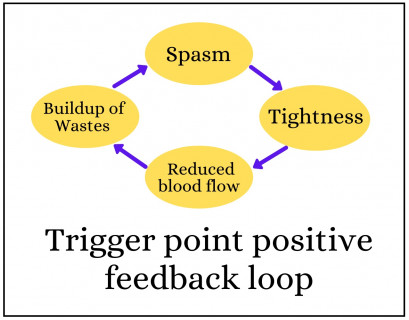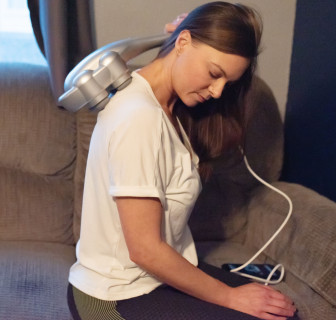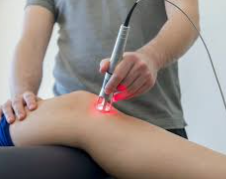
If you have pain from trigger points you have a large number of options ranging from a variety of professional therapies through to several home remedies. When looking for your best option there are obvious considerations such as the cost, pain, and whether you like needles, but the most important is how effective they are. We’ve reviewed the clinical trials and scientific papers, plus 27 years experience as a chiropractor to give you the answers.
What we considered to find the most effective
You would think that it would be easy to just look at the clinical trials to work out which gave the best results, but it is not that simple. Let us look at why.
No clear most effective in the trials
It is hard to do a head to head comparison because the trials varied with things like the type and severity of the problem treated and the number of treatments given. In general though most of the therapies gave similar results so there was no clear most effective therapy.
Do you want to eliminate the trigger points, or just (temporarily) relieve their pain
We found that most of the trials of the various therapies just measured whether they relieved symptoms, and not whether they eliminated the actual problem.
The advantage of having self therapy
If a self therapy and a professionally administered therapy are roughly equally effective the self therapy will always give better long term results. This is because you will only have a limited number of professional treatments, whereas you are able to continue with the self treatment and have many more. The same principle will apply if a treatment is more pleasant. For example you are likely to have more “nice” massages than sessions of painful massages or needles.
Criteria for the most effective trigger point therapy
Given these considerations, to find the most effective trigger point therapy for you the things we will look for are:
- Proven therapeutic effects on trigger points
- Comfortable (or at least not unpleasant)
- Able to easily be self administered (convenient, affordable, able to have more treatments)
We were able to find only one therapy that fits all these criteria. In the next section we give you background information about what trigger points are and what therapies do, or you can skip ahead to the most effective trigger point therapy











